The Exact Amount of Every Skin Care Product You Should Apply to Your Face

Don’t overuse your products — here’s how much to apply. (Photo: Henry Leutwyler)
With so many different steps in your skin-care routine, it can be seriously confusing to figure out just how much of each product you really need to use. (Is that teeny tiny bit of eye cream really enough to blast away dark circles?!) Here, a top derm shares exactly how much face wash, serum, and more you need for the best results.
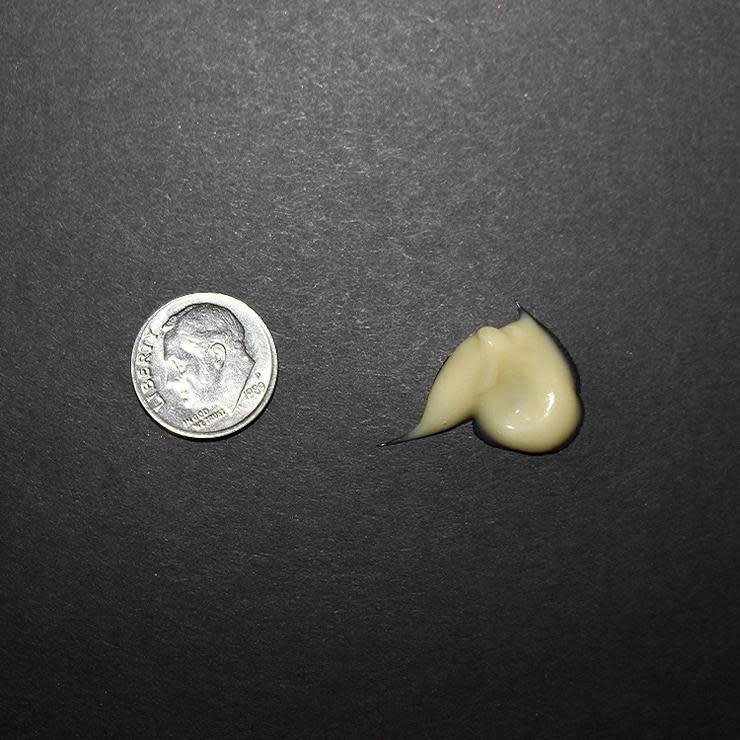
Face Wash
You love this refreshing first step—especially after a long day. But it’s best to stay on the conservative side, as using too much can leave your skin dry, tight, and uncomfortable. A dime-sized blob is your best bet, says Joel Schlessinger, M.D., board-certified dermatologist and RealSelf.com advisor. “For most cream and gel cleansers, this is usually enough to cleanse the skin fully,” he says. A fan of the foam kind? One pump should get the job done.
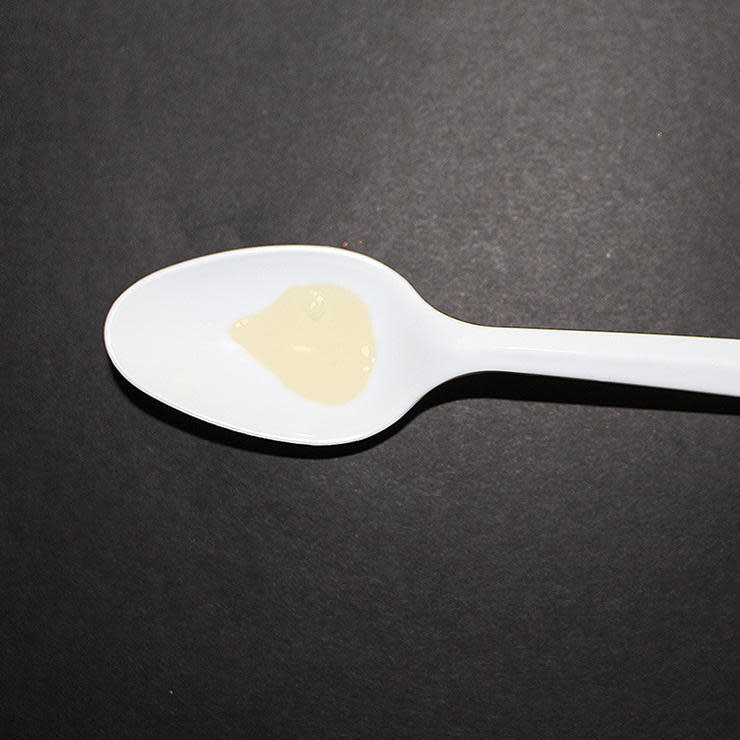
Toner
It’s harder to decipher a set amount—mainly because of how it’s administered. Toner, which rids the skin of dirt and grime, is certainly not the type of product you can slowly squeeze out into your hand—after all, it’s usually the consistency of vinegar. “Stick to just a few drops, and always apply it with a cotton round,” says Schlessinger. “You want the round to be wet but not completely saturated, which would mean less product is absorbed.”
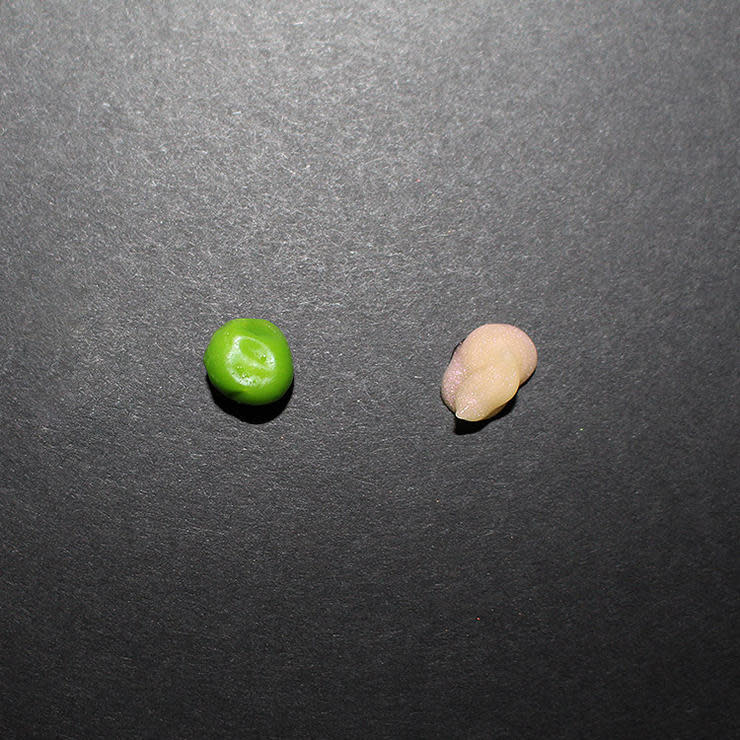
Serum
This product targets specific problems, such as wrinkles, dark spots, and large pores. “Since serums are fairly concentrated, you’ll only need a few drops to treat the entire face and neck,” says Schlessinger. “Instead of applying directly to your face, place a few drops into the palm of your hand, and gently press the product into your skin.” If your serum has a more solid consistency (like the one shown above), a pea-sized amount should be enough.
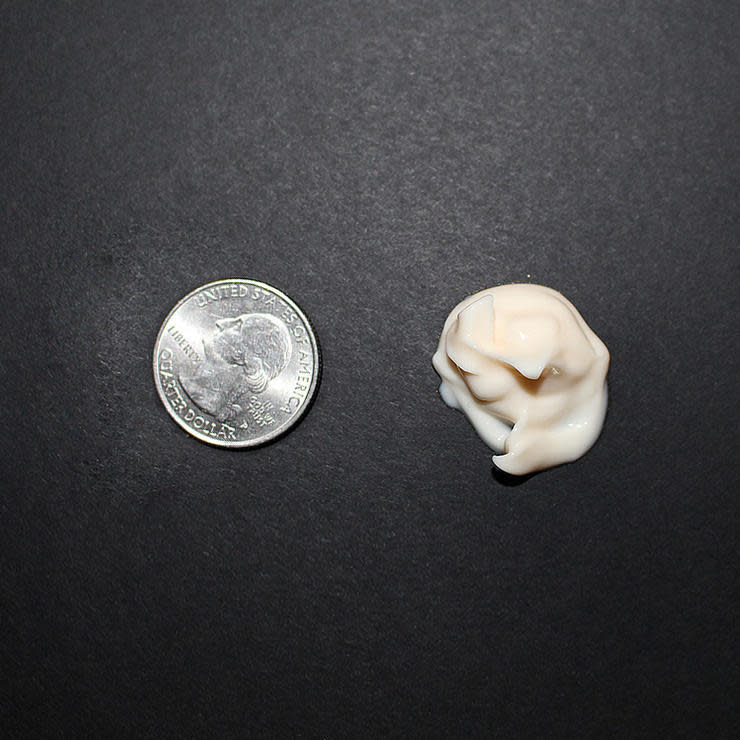
Daytime Moisturizer
You know how important it is to moisturize after cleansing, so it’s no surprise if you join the ranks of those who add a dollop too many before rubbing it all over their face. But even though your moisturizer may smell divine, a little goes a long way. For moisturizers with SPF (like the one pictured above), apply a quarter-sized amount to ensure you’re adequately protected against harmful UV rays. For non-SPF ones, you can use a nickel-sized dollop. “If you use too much, it can feel greasy and heavy on the skin—and too little can leave your complexion feeling dry and dehydrated,” says Schlessinger.
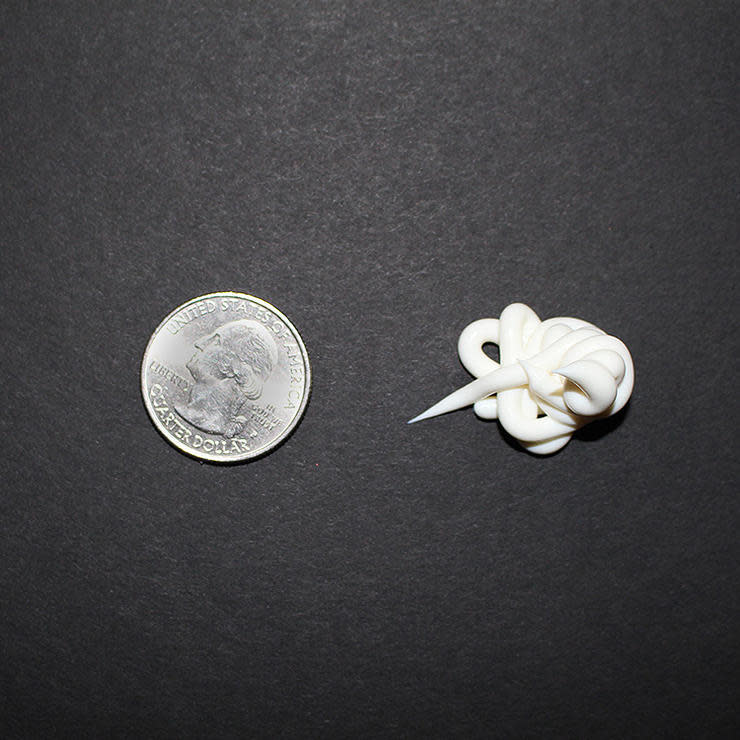
Sunscreen
This is one product where you want to be extra careful not to skimp. You work far too hard on your magnificent mug to muddle through the next few days red, sore, and peeling all over. So how much is just right? For your face, a quarter-sized amount will likely do the trick. For your entire body, you’ll need a shot glass-worth of SPF.
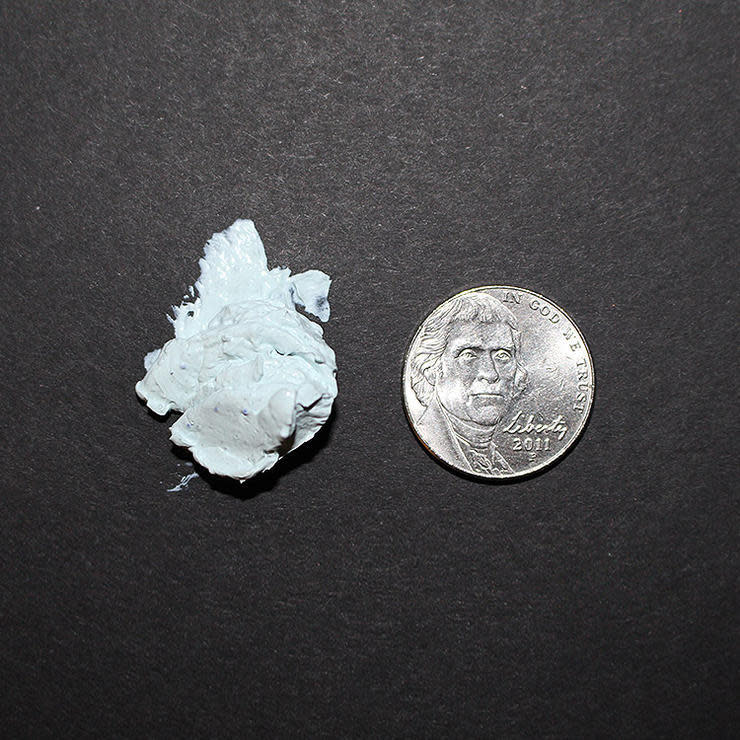
Face Mask
Even if you can’t afford to get facials on the monthly (sigh), that doesn’t mean you can’t reap the skin-moisturizing and brightening benefits of at-home masks. And once you’ve tossed your hair back, slipped your bathrobe on, and made sure no one is home to witness you in all your gooey glory, you may be a little too excited to remember how much to actually put on. First things first: Differentiate what type of mask you’re about to apply. “Purifying masks [like the one above] that absorb excess oil can be drying on skin, especially if you apply too much,” says Schlessinger. “Stick with a nickel-sized amount, and aim for problem areas like the T-zone. For hydrating masks and firming masks, however, you can be a bit more generous, with a quarter-sized amount.”

Night Cream
Let your skin recover while you sleep. “Night creams are specially formulated with more potent anti-aging ingredients that work with your skin’s natural renewal process,” says Schlessinger. “In this case, a quarter-sized amount should do.” But keep in mind that applying too much can leave you with clogged pores and breakouts, like with any heavy cream.
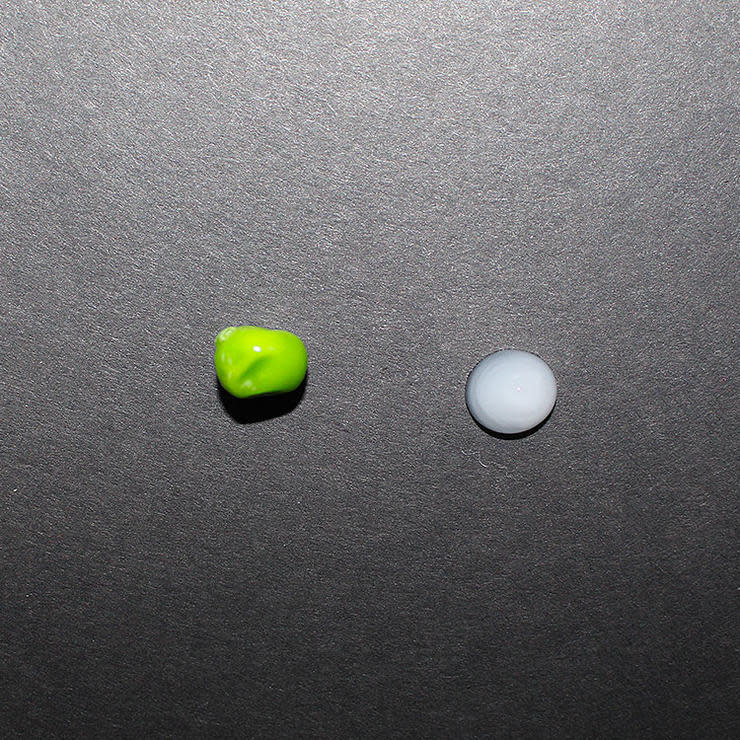
Acne Treatment
When you’re dealing with blemishes and breakouts, you want to be careful not to apply this type of product over your entire face. “The active ingredients in these formulas can be very drying to the skin and are meant to target only the affected areas,” says Schlessinger. “All you need is a pea-sized amount or even less to adequately absorb excess oil and pull out impurities.” If your treatment goes on clear like a gel, it can be used at any time of the day. However, if you’re using the dry paste type that turns white once it’s dried, avoid double takes on the street by applying at night or before bed.
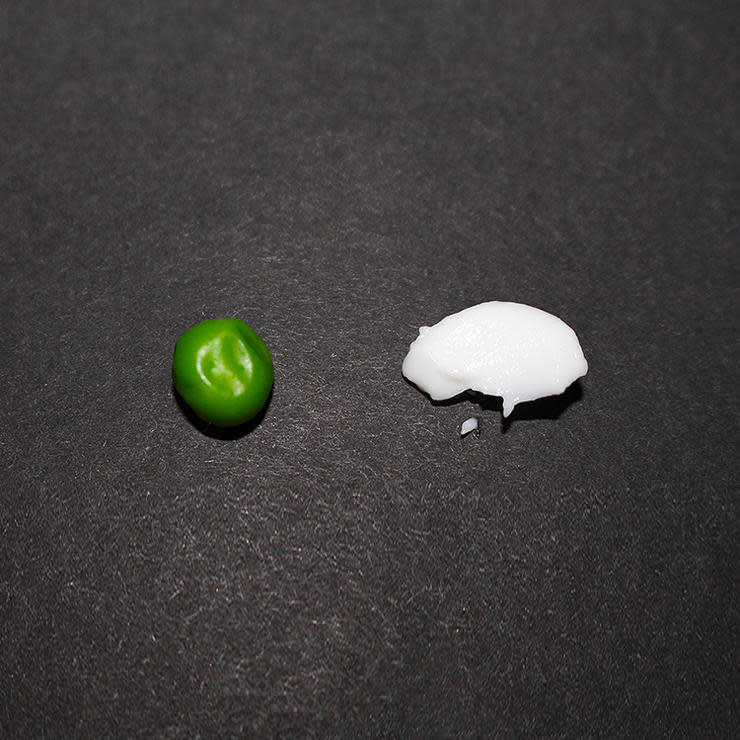
Eye Cream
The skin around your eyes is much thinner than the rest of your face, so it demands a little extra TLC—and since that area is also much smaller, you can use the cream sparingly. “You’ll want to apply about a pea-sized amount for both eyes,” says Schlessinger. “Always apply eye treatments to the orbital bone [the bone around your eye] using your ring finger, which is your weakest finger. This helps prevent any tugging, pulling, or rubbing on the delicate skin around the eyes.” Just be careful not to apply the product too close to your eye. “As your skin warms the product, the active ingredients will travel to the under-eye area,” he says.
More from Women’s Health:
The 7 Best Foundations for Oily Skin
The 8 Best Foundations and Concealers for Acne-Prone Skin
How to Cover Up a Major Skin Disaster Without Making It Look Worse
By Jenn Sinrich

